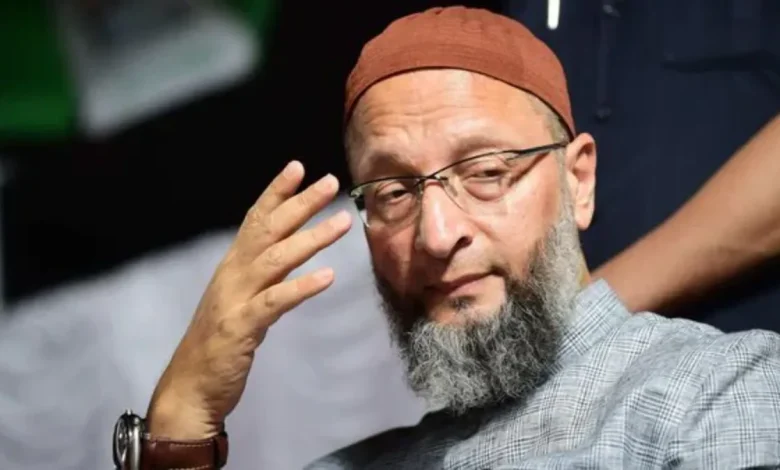
Seemanchal flashback
In the 2020 Bihar assembly polls, AIMIM (All India Majlis-e-Ittehadul Muslimeen) stunned the field by winning five seats in Seemanchal, dealing a major blow to the Mahagathbandhan (Grand Alliance). AIMIM captured Amour, Bahadurganj, Baisi, Jokihat and Kochadhaman, and on three of these seats the then Mahagathbandhan candidates finished third, underscoring a split in Muslim votes in the Muslim-majority belt. Subsequently, four of AIMIM’s five MLAs except Akhtarul Iman joined the RJD, shrinking AIMIM’s strength to one.
Who is contesting where
This time in Seemanchal, Congress is contesting 12 seats, RJD 9, VIP 2 and CPI(ML) 1, while AIMIM has fielded 25 candidates across Bihar, including 15 in Seemanchal. On the NDA side, the BJP is contesting 11 seats, JD(U) 10 and LJP(R) three in this region, setting up multi-cornered contests on several seats. Seemanchal comprises Kishanganj, Araria, Katihar and Purnea districts, where Muslim population shares are significantly higher than the state average, shaping the area’s political dynamics.
AIMIM’s rise and vote math
AIMIM first tested the waters in 2015 by fielding candidates on six Seemanchal seats but failed to win, though it performed well in Kishanganj and Kochadhaman; the party opened its account by winning the Kishanganj bypoll in October 2019. In 2020, AIMIM contested 20 seats and won 5; while its statewide vote share was around 1.24%, its share on contested seats was notably higher, reflecting concentrated influence pockets. The party’s 2022 defections remain a credibility challenge it must overcome with stronger organisation and candidate retention.
Sentiments on the ground
Voter voices in Amour, Bahadurganj, Baisi and adjacent seats reveal mixed views some insist Owaisi speaks directly to Muslim concerns, while others say the 2020 vote split hurt the Mahagathbandhan’s prospects. There is also frustration over leadership vacuum since the demise of RJD’s Taslimuddin, once dubbed “Gandhi of Seemanchal,” which AIMIM seeks to fill through Owaisi’s high-energy campaign and local candidates. Analysts note youth appeal for Owaisi’s speeches and issue positions, but caution that conversions into wins depend on booth-level machinery.
Alliances, polarisation and strategy
AIMIM approached the RJD for a tie-up with a modest seat ask, but the proposal was rejected, reviving the debate over opposition vote fragmentation in Seemanchal. Commentators argue the Mahagathbandhan avoided an AIMIM alliance to prevent religious polarisation that could benefit the NDA; a triangular fight can both hurt and help AIMIM depending on micro-swings. BJP leaders have foregrounded themes like “infiltrators,” while opposition leaders pitch consolidation, making narrative control crucial in the final stretch.
Social blocs within Seemanchal Muslims
Seemanchal’s Muslim communities are internally diverse Surjapuri and Kulhaiya (often identifying as “desi”) and Sher Shahabadi groups with roots connected to West Bengal, adding layers to political mobilisation. On several seats such as Amour, Baisi, Bahadurganj, Kochadhaman and Jokihat, Surjapuri and Kulhaiya voting patterns can be decisive in close races. Community leaders warn against divisive rhetoric that strains local harmony, noting that development concerns floods, migration, education, health remain core issues for voters.
Will the Owaisi factor click again?
AIMIM’s prospects hinge on disciplined seat selection, candidate credibility, and overcoming the memory of defections through visible, on-ground service delivery networks. Concentrating resources on 2020 strongholds while carefully targeting stretch seats like Kishanganj and Araria could replicate past gains; overextension may dilute cadre focus. Ultimately, outcomes will depend less on rally optics and more on ground operations, cross-community outreach, and how effectively AIMIM navigates alliance arithmetic and polarisation crosswinds.[12]
Bottom line
AIMIM remains competitive in its core Seemanchal pockets, but alliance equations, communal polarisation risks, and candidate loyalty will decide whether it can reprise its 2020 success. Statewide expansion improves visibility, yet real success will be determined by micro-management in Seemanchal and how opposition seat-sharing plays out at the booth level. Repeating 2020 is possible provided AIMIM doubles down on focus, organisation and trust-building where it matters most.




